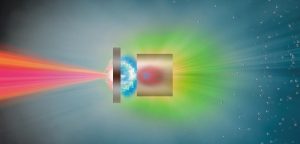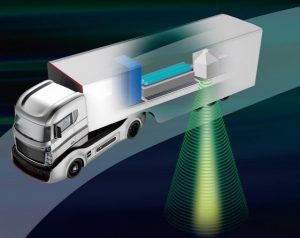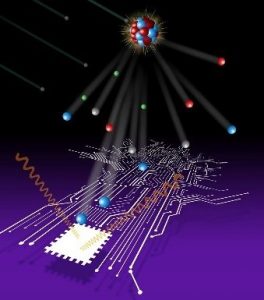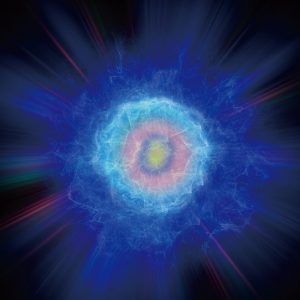Project LANS (LAser-driven Neutron Source)
Summary
Compact and short-pulse neutron source
We generate particles called “neutrons” by hitting ions accelerated with high power laser onto a specific substance. Utilizing the high power laser, our project succeeded in generating neutrons from a compact area of several millimeters. This is extremely small compared with conventional neutron sources such as nuclear reactors. Also, because the laser-generated neutron’s time duration is short (about one over 10 billionths second), it can be applied to high temporal resolution.

(1) Nondestructive inspection of infrastructures
If you use fast neutrons generated from our laser-driven neutron source, you will be able to see through thick structures of metric size. By nondestructively inspecting aging infrastructure, it helps to evaluate repair priority.
When the size of the neutron source is small, it is expected that the transmitted image will become clearer (high spatial resolution). Also, when the pulse duration of the neutron is short, you can instantly capture images of fast moving objects. We aim at application development taking advantage of the characteristics of laser-driven neutron source that combines the two properties mentioned above.
The theme of this research project is financially supported by “A-STEP” Program of JST via “Construction of Basic Technologies for Compact Neutron Source and Its Industrial Application”

(2) Test and acceleration of soft errors induced by cosmic rays
High-speed particles coming from outer space: cosmic rays react with the atmosphere to produce several particles including neutrons, which can cause soft errors in electronic devices. We perform soft error test with neutrons generated by high power laser.

(3) Application to nuclear astrophysics
We utilize the laser-driven neutron source to reproduce events of the universe in the laboratory. We are planning to revives the lost elements using the laser neutron source and approaches the mystery of the birth of our galaxy.

Member
| Akifumi Yogo | Professor(Project Leader) |
| Hideo Nagatomo | Associate Professor |
| Yasunobu Arikawa | Associate Professor |
| Mitsuo Nakai | Guest Professor |
